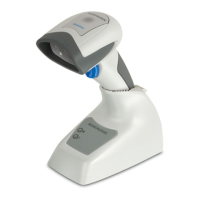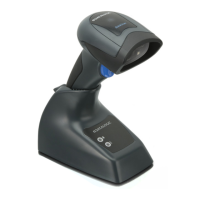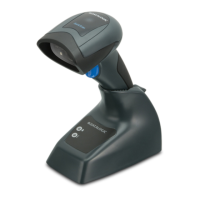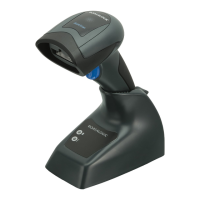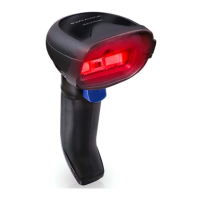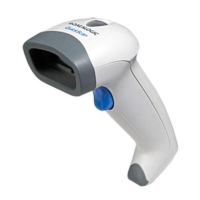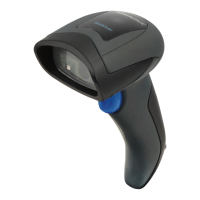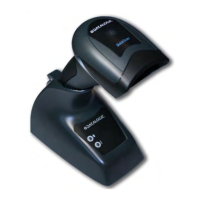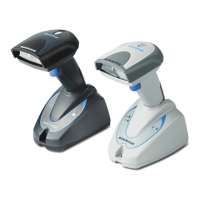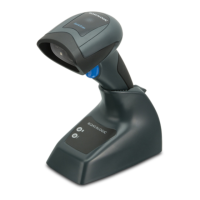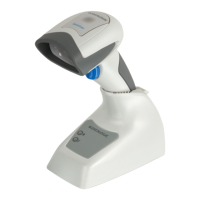Data Editing
Product Reference Guide 219
Please Keep In Mind...
• Modifying a message string is not a mandatory requirement. Data editing is a sophisticated feature allowing
highly customizable output for advanced users. Factory default settings for data editing is typically set to
NONE.
• A prefix or suffix may be applied only to a specified
symbology (reference 1D Code Selection, starting on
page 81) or across all symbologies (set via the Global features in this chapter).
•
You can add any character from the ASCII Chart (from 00-FF) on the inside back cover of this manual as a
prefix, suffix or Label ID.
• Enter prefixes and suffixes in the order in which
you want them to appear on the output.
Global Prefix/Suffix
Up to 20 ASCII characters may be added as a prefix (in a position before the bar code data) and/or as a suffix (in a
position following the bar code data) as indicated in Figure 7.
Figure 7. Prefix and Suffix Positions
Prefix SuffixAIM IDLabel ID Label IDBar Code Data
00 - 20 Characters (ASCII)
AND
OR
OR...
Example: Setting a Prefix
In this example, we’ll set a prefix for all symbologies.
1. Determine which ASCII character(s) are to be added to scanned bar
code data. In this example, we’ll add a
dollar sign (‘$’) as a prefix.
2. Go to page 48 and scan the ENTER/EXIT PROGRAMMING MODE bar code, then scan the SET
GLOBAL PREFIX bar code.
3. Reference the ASCII Chart on the inside back cover of this manual to find the hex value assigned to the
desired character. The corresponding hex number for the ‘$’ character is 24. T
o
enter this selection code, scan
the ‘2’ and ‘4’ bar codes from Appendix D, Keypad.
If you make a mistake before the last character, scan the CANCEL bar code to abort and not save
the entry string. You can then start again at the beginning.
4. If less than the expected string of 20 characters are selected, scan the ENTER/EXIT bar code to terminate the
string.
5. Scan the ENTER/EXIT bar code once again to exit Programming Mode.
6. The resulting message string would appear as follows:
Scanned bar code data: 12
34
5
Resulting message string output: $123
45

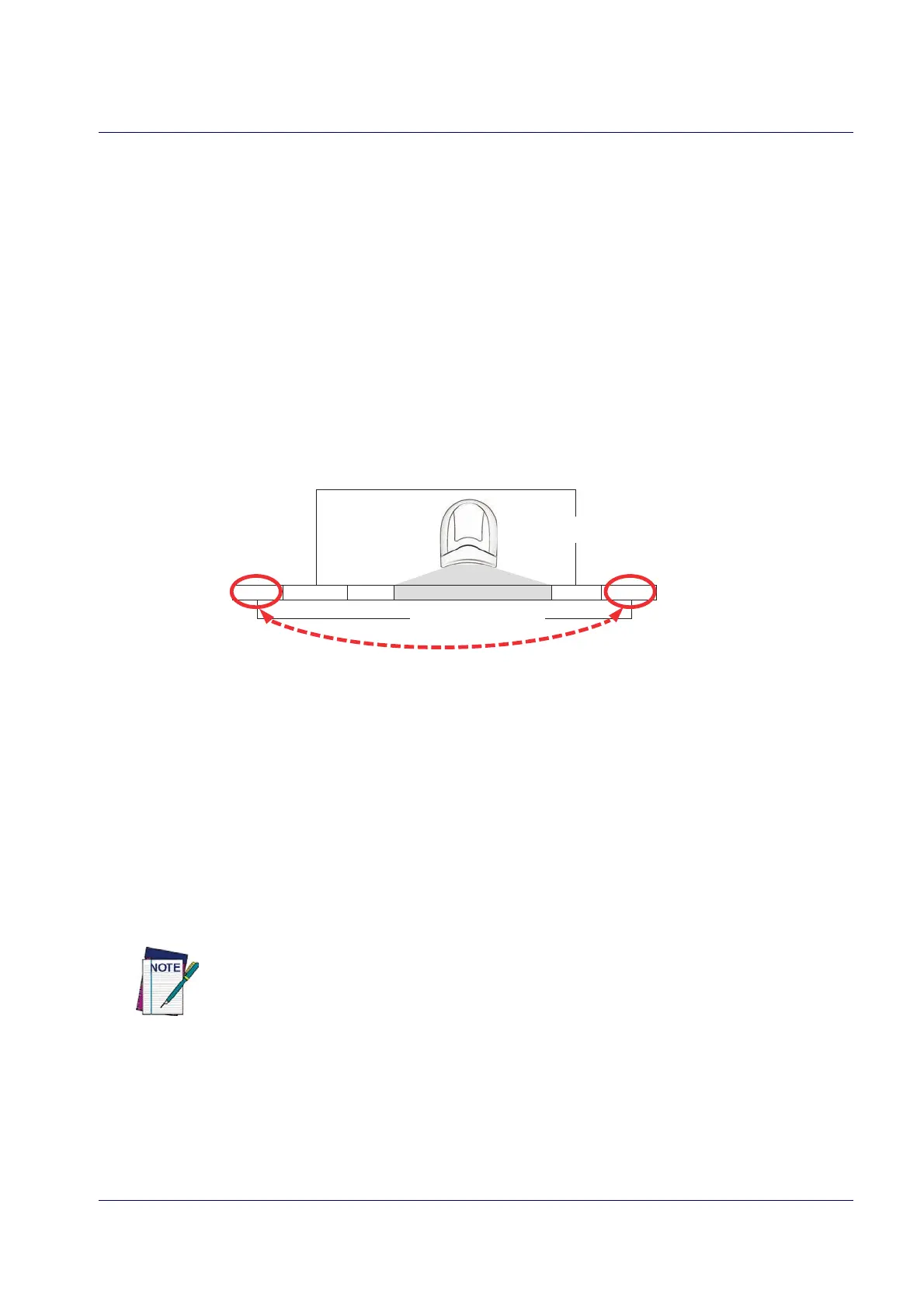